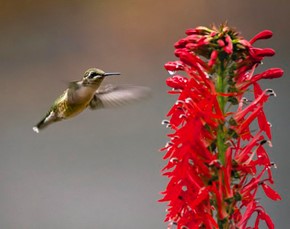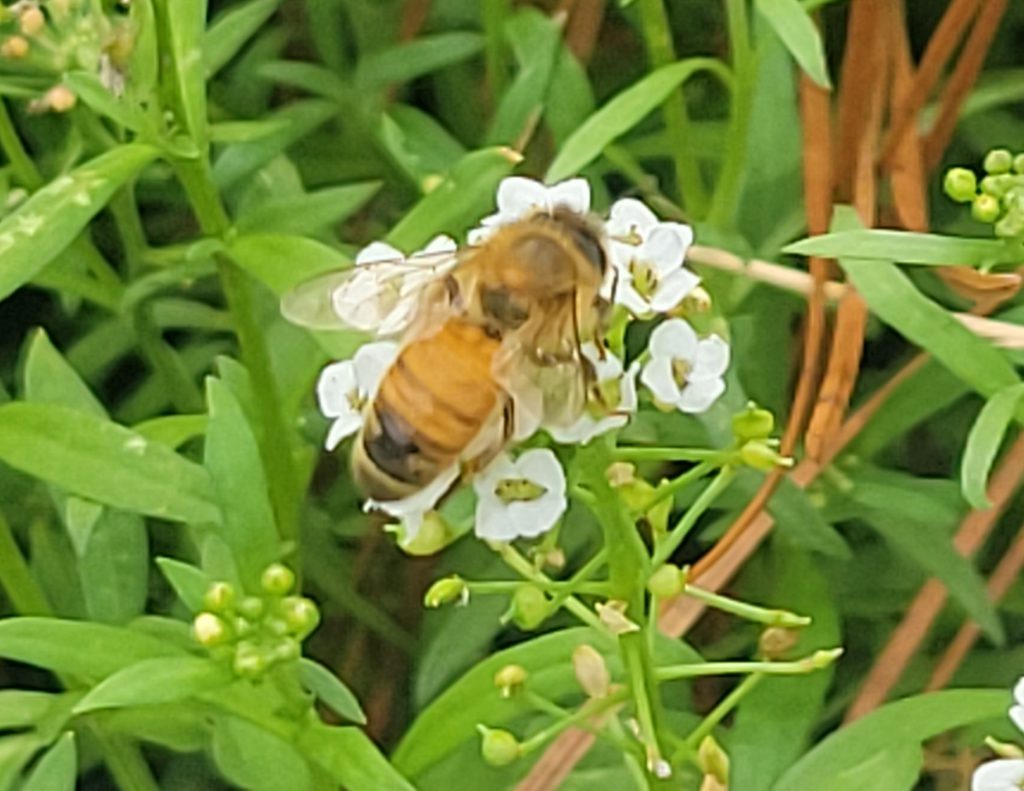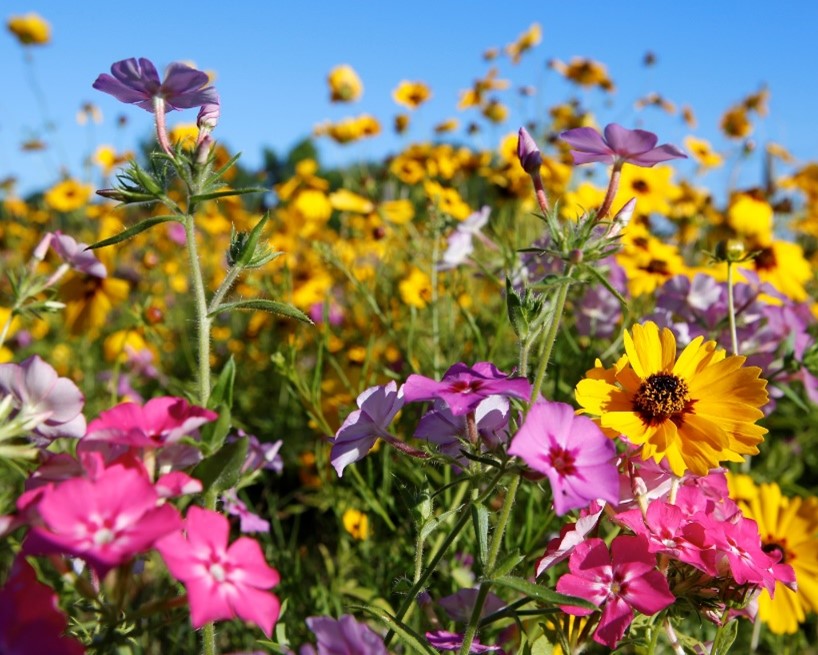
Do you enjoy a tasty bowl of fruit in the morning? Or maybe a hot steaming cup of coffee? If the answer is yes, then raise (or tip) your hat to our pollinators. About 75% of food crops depend on pollination to some extent, but pollinators provide the bulk of the pollination for over 80% of the world’s flowering plants. A pollinator can be birds, bats, or even small mammals but, insects such as ants, bees, beetles, wasps, butterflies, and moths do the bulk of the pollination that affects our daily lives.
Plants normally benefits from attracting a particular type of pollinator to their flowers, ensuring transfer and hopefully resulting in reproduction. The pollinator benefits from its adaptation of a particular flower with different traits to access nectar and pollen. These floral traits include odor, color, size, flower shape, reward type, amount, nectar composition, and timing of flowering. This plant pollinator interaction is known as pollination syndrome.
Did you know –
- That tubular red flowers with a lot of nectar often attract birds.
- Also, foul smelling flowers attract carrion flies or beetles.
- Butterflies and moths can help spread pollen; however, they don’t have any specialized structures for collecting pollen.
- Beetles pollinate more than 80% of all flowers – clusters of flowers are ideal because beetles are clumsy fliers.
- While bees are drawn to plants on the blue, white, purple, and yellow color spectrum. Bees possessing hairs and other specialized anatomical structures that can readily collect and transfer pollen, making them an important plant pollinator. However, the honey bee, (Apis spp.) is the world’s top pollinator and is responsible for one-third of what we eat, yet they are just a small representative of all the bee species.
Did you Know-
Everyone can contribute to pollinators by creating a home garden. Pollinators will make use of food and habitat anywhere it is found – roadsides, open fields, pastures, backyard flower gardens etc. One can be pollinator friendly by doing any of the activities below:
- Plant an assortment of plants – varying in color, size and type to support a greater number and diversity of pollinators.
- Plant native plants – as they are considered the best choice due to their abundance of nectar and pollen, among other benefits.
- Use little or no pesticides – instead maintain a sustainable garden with the suitable plant species that will support natural beneficial insects—reducing the need for pest control.
- Educate – others about the importance of pollinators.
- Seasonal planting – Choose pollinator plants that bloom in spring, summer, and fall. Timing is crucial – plant flowers in clumps that bloom in early spring (emerging winter hibernation) and late summer (preparing for hibernation) so bees have adequate food supply.
- Provide habitat or install bat boxes. Bats play a vital role in pollinating flowers and dispersing seeds.
Helpful Hint: Did you know dandelions are the first food for bees emerging in the spring. Leave them in your yard and feed the bees!
For more information, please contact your local county extension office or visit the following websites: Pollination – UF/IFAS Extension (ufl.edu); WEC247/UW291: Conservation of Bats in Florida (ufl.edu); https://sfyl.ifas.ufl.edu/lawn-and-garden/pollination/; https://blogs.ifas.ufl.edu/sarasotaco/2022/09/14/pollinators-its-not-all-about-the-bees/; and https://www.usda.gov/peoples-garden/pollinators.
- Zinnia Woes: What’s Causing Terminal Shoot Curling? - July 6, 2025
- “Stink and Pretty”: The Pedagogy of Marigolds - May 22, 2025
- The Bold and the Beautiful in Your Landscape – Snapdragons - April 10, 2025



